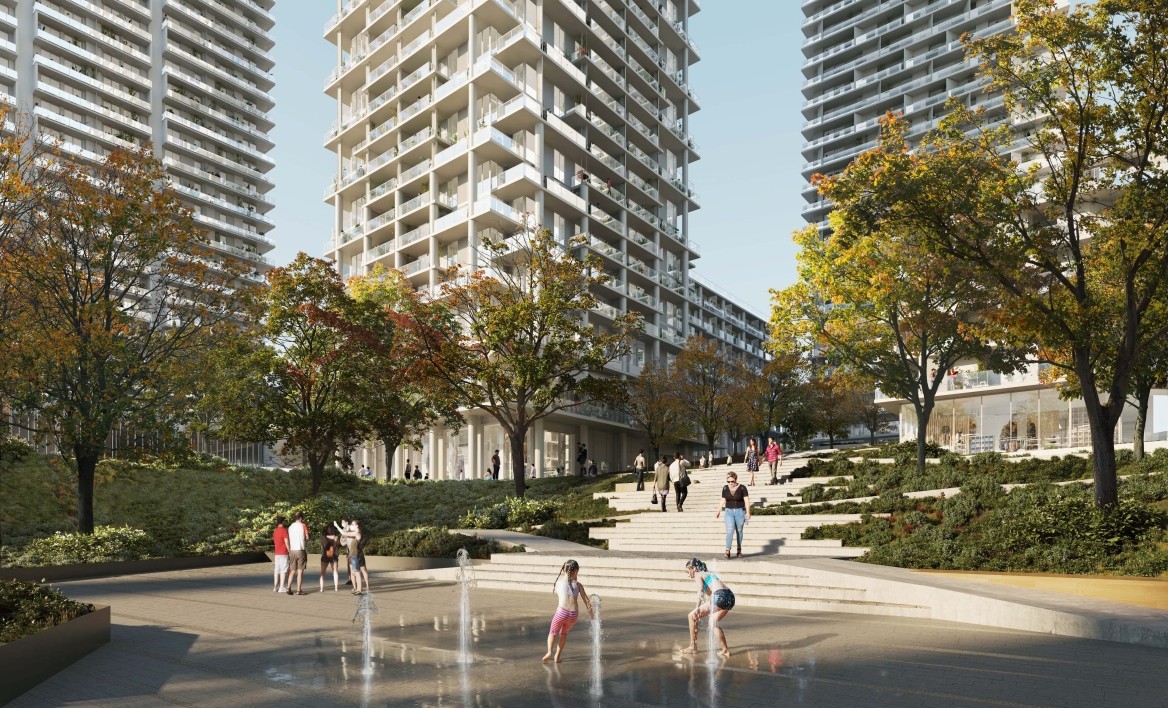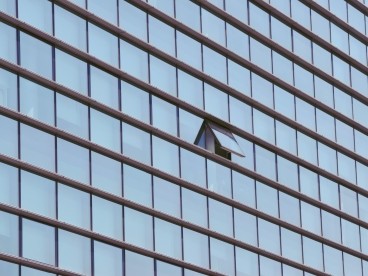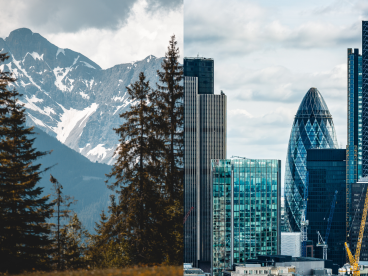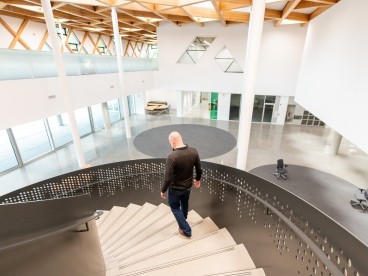
Impact Fund
Impact Fund: Our Commitment to Thinking Ahead
Introba is proud to share its newest initiative for creating a positive global impact on the built environment, the Impact Fund.
Running on an annual basis, Impact Fund specifically supports thought leadership and transformational initiatives around sustainability and digital innovation and encourages collaboration with external partners. The aim of this work is to share our findings and insights with the whole industry to create collective knowledge and action.
Read on to learn about our Impact Fund projects:
Sustainability Thought Leadership
Sustainability Thought Leadership within the Impact Fund produces projects, studies, essays, and industry advice that provide new insights into how we perceive, design and build our human environment.
It is an opportunity to reflect, question, think big, and offer solutions to make our world more resilient, just, and regenerative.
-
![Hidden Emissions]()
Hidden Emissions of the Cloud: Examining Embodied Carbon and Cost Impacts of Data Center Cooling Technologies
The surge in data centers, driven by the exponential growth in digital data and cloud services, has sparked concerns about their environmental footprint.
Data centers are large consumers of energy owing to the high amount of computing power required to operate servers and networking equipment. Over a 60-year life cycle, 90% of data center embodied carbon emissions are associated with MEP equipment.
How will our design choices today will shape the design of the sustainable data centers of the future?
-
![Breathable Buildings]()
Breathable Buildings
This advisory piece on breathable buildings, in partnership with façade engineers Eckersley O'Callaghan, details why natural ventilation is an important design strategy with many co-benefits.
Through this work, we want to encourage clients and design teams to understand natural ventilation better, learn how to implement it effectively in projects, and make it an industry standard.
How can breathable buildings enhance resilience and occupant experience while helping us achieve our climate goals?
-
![Clayton Community Centre]()
Clayton Community Centre: Energy Performance Evaluation
In this short report, we dive deep into a post-completion energy evaluation of Clayton Community Centre, reflecting on learnings after going on-site to measure the performance of a Passive House-certified community center in Canada.
This study explores the performance gaps through the tools and construction methods used as well as ongoing building performance.
What lessons learned from this Passive House success story can help us improve our design strategy?
-
![Borealis]()
Borealis: Building-Integrated Carbon Capture
This technical review explores building-integrated carbon capture technology from a whole-life carbon and cost perspective over the next twenty years in the United Kingdom.
Developed in partnership with architects at Gensler and Soletair Power, a manufacturer who produces and installs carbon capture technology, this paper explores this technology's potential now and in the next five years.
Will building-integrated carbon capture be a solution in our design toolkit to help meet our 1.5 °C climate targets?
-
![Resonances]()
Resonances: The Potential of Regenerative Practice and Indigenous Ways of Being in Relationship to Place
This essay explores the strong parallels between the worldview of Regenerative Practice and Indigenous ways of being and being in relationship to living systems in Australia.
As practitioners in the built environment, we’re specifically interested in how the application of these ideas to our work can support and enable a thriving world.
What outcomes could these resonances produce if we implement them intentionally in our design practice?
Digital Innovation
Impact Fund's Digital Innovation and Thought Leadership work develops digital tools and processes, providing new or improved services for our clients through new insights into digital technology that change the way we do business.
It is an opportunity to reflect, question, think big, and offer solutions for our business, our clients, and the world we live in.
-
![Next-Gen Digital Technology]()
Next-Gen Digital Technology for Remote Working, Learning & Managed Services
In partnership with AV specialist solutions provider, Innomate, this report focuses on the benefits AV technology brings to modern workplaces and education facilities that are now required to deliver world-class blended learning and Hy-Flex teaching environments.
How can we demonstrate that these solutions can be readily adopted across various sectors and projects?
Impact Fund Insights

Louise Hamot is in charge of Introba’s global research and development and thought leadership program around sustainability. She is in charge of the Impact Fund for sustainability, supervising the projects as well as being actively involved. In parallel to this, she has been leading the life cycle practice, supporting global teams in low carbon assessment, and advising architects and clients on design strategies to minimize their environmental impact.
Louise is well known for her work around the whole life carbon of building services/MEP. She is the primary author of different industry standards such as CIBSE TM65, a co-author of the upcoming RICS Whole Life Carbon Professional Statement, and is involved in several international industry collaboration working groups, for instance: Low Energy Transformation Initiative (LETI) and WLCN (UK), ASHRAE decarbonization taskforce (US) and MEP 2040 challenge (CLF).
Louise brings an international vision and, as both an architect and an engineer, a holistic understanding of the built environment.
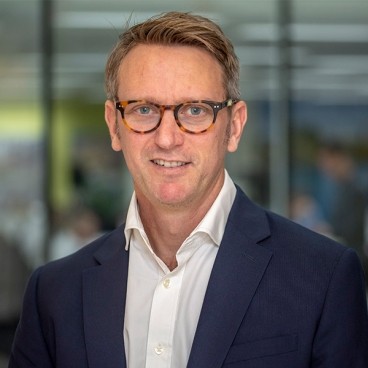
Andrew leads the firm in all digital aspects of the business, from developing strategies and managing software solutions to promoting innovation and connections between Introba’s talented digital experts across the globe. As Global Digital Engineering Director and a member of the CIBSE Digital Engineering Society Steering Group, Andrew understands the unique digital needs of each client, collaborating with them to provide the highest quality solution. Using his knowledge as a BIM project information manager, he has previously delivered programs such as the Manchester Airport Transformation Scheme.
Since joining the firm, Andrew and his team have contributed to the achievement of multiple awards, including CIBSE Employer of the Year and the CanBIM Design and Engineering category at the Innovation and Spotlight Awards for work in Embodied Carbon in MEP Design.
